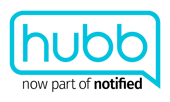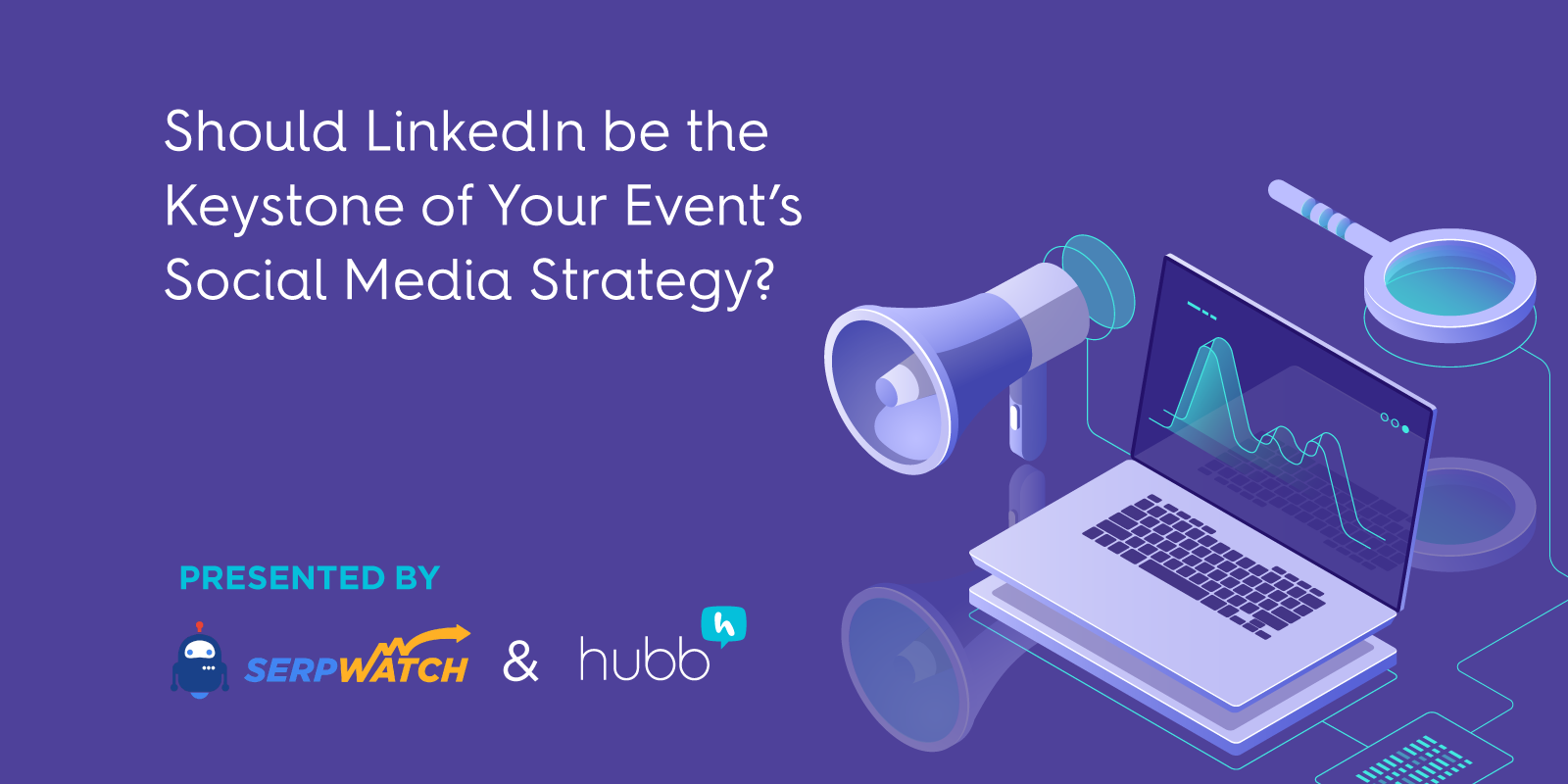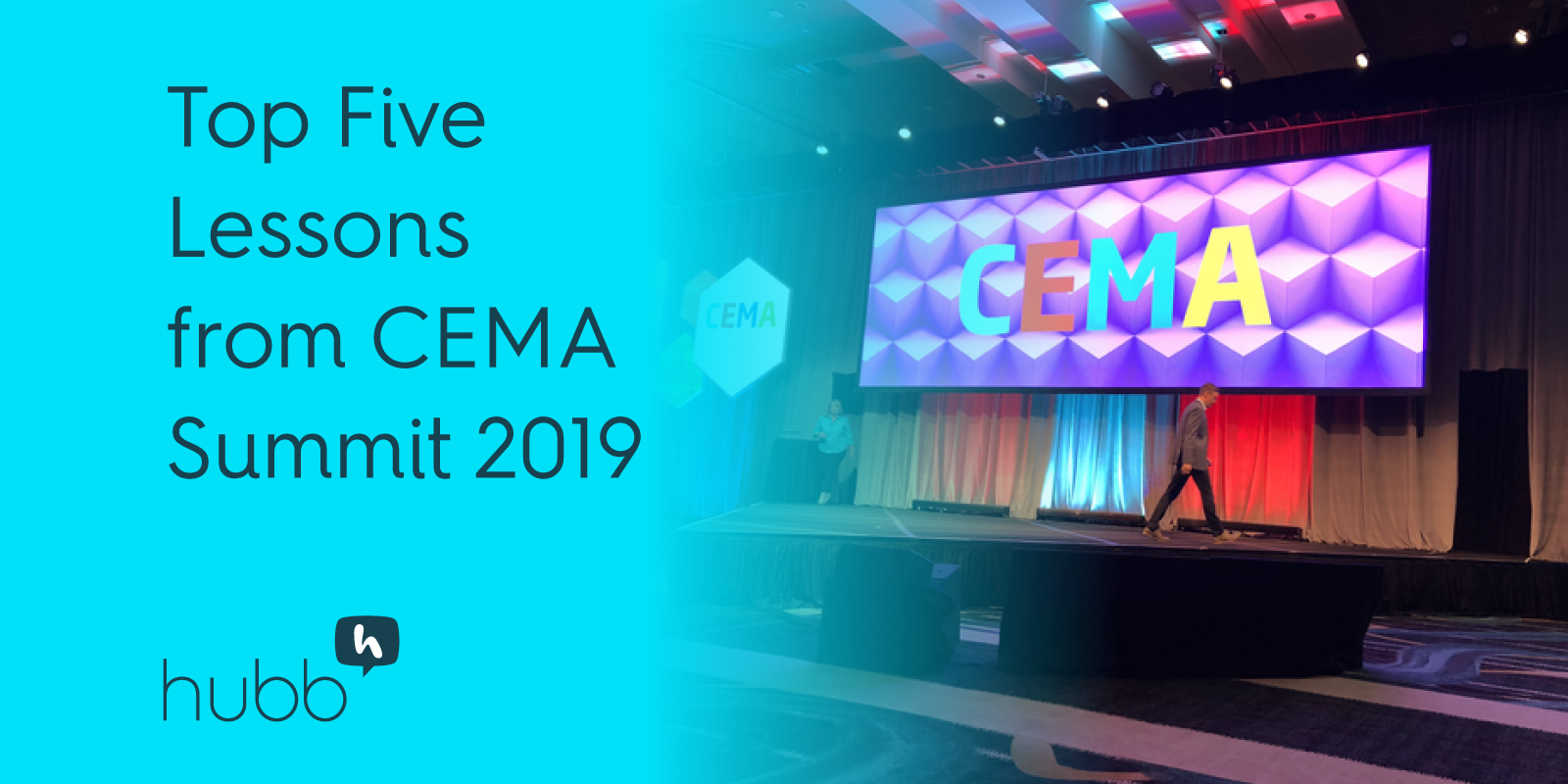
Despite its huge user base, many organizations overlook LinkedIn as a tool for marketing their events because they still think of it as a place to find a new job or qualified staff.
But it’s actually the perfect tool to promote and invite relevant delegates to your next conference, meet-up, or seminar.
If you want to get the most out of marketing your event on LinkedIn, you need to have a plan of action, which is why we’ve put together a list of the best ways to use LinkedIn to promote your event.
Let’s dive right in.
1. Send Invites By Direct Message
LinkedIn’s search function is a well-oiled machine that lets you narrow down your targeting until you find people who are the perfect fit for your event.
The Advanced People Search feature lets you filter everyone you’re connected with as well as 1st and 2nd connections and people in the same groups as you.
The best part about this feature is you can target people depending on their location, interests, and job title.
When you’ve compiled a list of people you think might be interested, you can shoot off a direct message with the details in.
Quick tip: you can send the same message to 50 people at the same time, but remember to choose the option to not show all email addresses to avoid any awkwardness.
2. “Showcase” Your Event
If you don’t already have a LinkedIn company profile, get one pronto.
Once you’ve filled in all the sections on that, you can add a Showcase page. These pages are add-ons to your main profile page and let you put the spotlight on different parts of your business.
You can easily create a Showcase page for your events, highlighting the details of upcoming conferences, meetups, seminars, and socials, as well as list the details of past events so potential attendees know what to expect.
The best part is users can follower different Showcase pages depending on their interest in them regardless of whether they follow your business profile or not.
3. Get Involved in Groups
As a digital networking tool, LinkedIn’s “group” feature is one of the most used elements. These established communities give you access to people with similar interests or job roles. It also gives you the opportunity to get involved in discussions that are already taking place.
Use the search feature to target groups that align with your event topic and, once inside, remember to add value to discussions rather than just self-promotion. This method is about building relationships and boosting your authority in the industry.
When you’ve spent some time figuring out what the group is all about, feel free to approach the group admin with the details of your event to see if they’d be happy to share it in the group.
Quick tip: To pack an extra punch, you can offer group members discounted tickets or an exclusive deal.
4. Involve Your Speakers
Speakers are an important part of an event; they’re often the reason attendees sign up in the first place, so use their power to help promote your event.
You can ask them to share an overview of their talk with their connections or answer FAQs about their talk topic to generate a discussion and more reach.
Alternatively, they can write and publish a post on their own profile to get more eyeballs on their status.
5. Publish a Post
LinkedIn’s features are expanding by the day, and users can now become publishers on the platform. This is a great way to build relationships with potential attendees and highlight your expertise in the industry.
Using the Publisher feature, you can blog about relevant topics, share interviews with speakers, and create how-to guides that align with your event. Remember to keep content fresh and non-promotional, although you can add a brief mention of your event somewhere in the post.
By consistently publishing insightful pieces of content about your industry, you’ll start to build an engaged audience who are interested in the topics you’re posting about (and are therefore more likely to be interested in your event), and you’ll begin to position yourself as a thought leader.
Leverage the Power of LinkedIn
LinkedIn can be a really powerful tool for advertising your event if you do it in the right way. Rather than blasting your feed with constant promotional content, start by building relationships, sharing your knowledge, and adding value to discussions that are already taking place.
By doing this, you’ll become a figure of authority in your industry and will find that users will be eagerly awaiting your next event announcement.
 Ryan Gould is Vice President of Strategy and Marketing Services at Elevation Marketing. He helps Elevation’s clients solve their problems and achieve their business goals through integrated marketing solutions distinguished by research, storytelling, engagement and conversion. With a proven track record of energizing brands and having worked with a variety of Fortune 500 companies, Ryan is a respected expert in achieving consistent results through creative design, thought-provoking narratives and innovative problem solving. Connect with Ryan on LinkedIn: https://www.linkedin.com/in/rygould/ or Twitter @ryanscottgould.
Ryan Gould is Vice President of Strategy and Marketing Services at Elevation Marketing. He helps Elevation’s clients solve their problems and achieve their business goals through integrated marketing solutions distinguished by research, storytelling, engagement and conversion. With a proven track record of energizing brands and having worked with a variety of Fortune 500 companies, Ryan is a respected expert in achieving consistent results through creative design, thought-provoking narratives and innovative problem solving. Connect with Ryan on LinkedIn: https://www.linkedin.com/in/rygould/ or Twitter @ryanscottgould.





![Effective Email Marketing Strategies for Events [Infographic]](https://1925165.fs1.hubspotusercontent-na1.net/hubfs/1925165/Serpwatch-Infographic-Social%20%281%29.png)
![[Webinar] Draw crowds with effective event email marketing](https://1925165.fs1.hubspotusercontent-na1.net/hubfs/1925165/November-Webinar-Social-1.png)